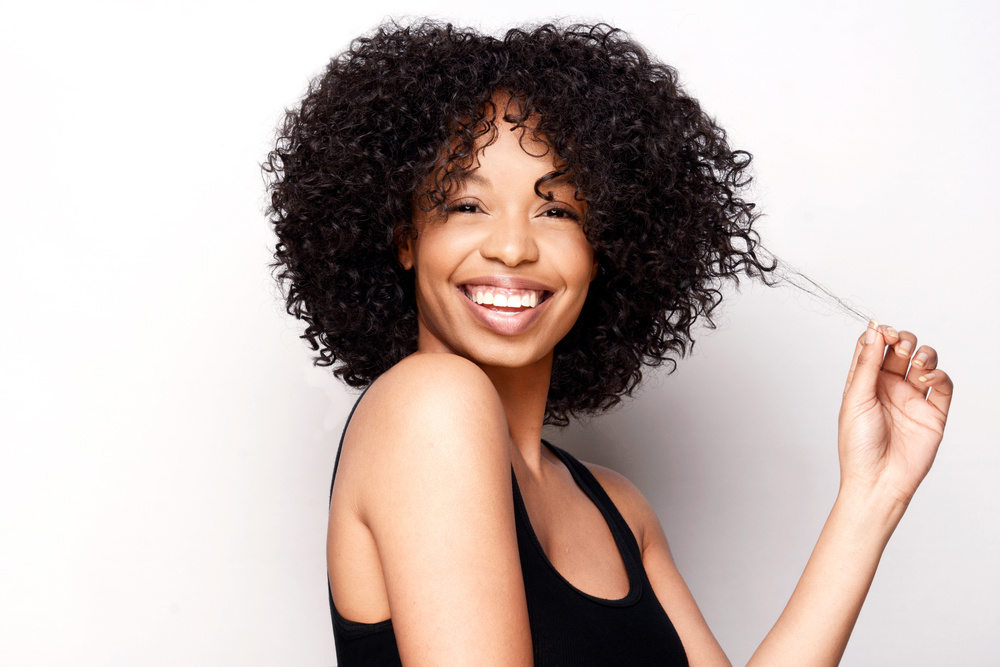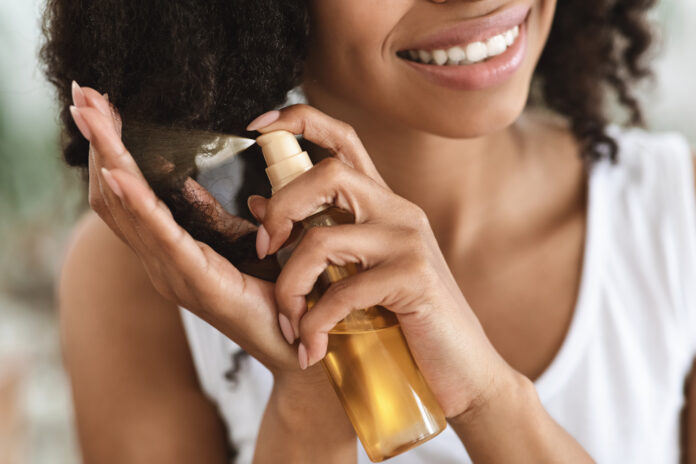The advantage of having natural hair is that you can style it in many ways. However, when you want to skip the high maintenance and refreshing of your natural hair, you use protective hairstyles. A protective hairstyle is a low-cost and low-maintenance hairstyle that protects your natural hair from environmental factors like heat and dust. Protective hairstyles are what protect women’s hair during summer. They can jump, swim, and sweat all day without fear of damaging their hair.
However, protective hairstyles are not always easy to handle. Besides, just because you’re using protective hairstyles doesn’t mean your hair maintenance routine stops. Routine care has to continue when using protective hairstyles because not doing so can cause more harm than good.
To help you know more, here are some dos and don’ts when using protective hairstyles:
The Dos
1. Choose The Right Hairstyle
Picking the correct hairstyle is essential as it determines the amount of protection your hair gets from the styles. The right hairstyle should reduce or stop hair breakage, knotting, and tangling. Protective hairstyles are often categorized into two: low manipulation and no manipulation. Low manipulation hairstyles need regular handling. Examples include braids or twists that are re-braided or retwisted. On the other hand, no manipulation hairstyles don’t require regular handling. Examples are braids, twists, weaves, and cornrows.
The no manipulation hairstyles are the most effective in preventing hair breakage, tangling, and knotting. Although low manipulation styles can cause the same, you can reduce the damage significantly if it’s fixed properly. If you’re overwhelmed with which hairstyle to choose, you may check out the info at Afrolovely for a selection of hairstyles that may suit you.
2. Protect The Ends Of Your Natural Hair
The hairstyle you choose should protect the ends of your natural hair. This is because they’re the parts that are more exposed to extreme environmental factors. The exposure can cause the weakening of your hair cuticles, thus causing your ends to split or break. Hairstyles like twists, braids, or weaves are effective at protecting your ends.
3. Moisturize Regularly
Many people think that because your hair is tucked away, there’s no need to moisturize it. However, there’s no truth to this thought because your natural hair is likely to dry. Dry hair is more prone to breakage, meaning you should frequently moisturize your hair to keep it well lubricated. You can moisturize using a mixture of water and oil such as coconut or olive oil daily or use a water-based leave-in conditioner. Avoid using heavy products as they can cause blockage in your scalp. Moreover, refrain from applying too much oil as it can prevent moisture infiltration into your hair, causing dryness.
4. Keep Your Hairstyle Long Enough
You must keep your protective hairstyle for about four to six weeks to allow your scalp to adjust to the style. Removing the style too soon puts much pressure on your scalp, which can result in breakage and damage. Keeping your hairstyle for a long time helps retain and increase the length of your hair. This makes the hairstyle loose, making it easy to remove.
The Don’ts
1. Don’t Forget To Protect Your Hair At Night

Always sleep on a satin or silk pillowcase and wrap your hair with a headscarf. This is an essential tip to keep your hairstyle looking neat and fresh. This also prevents your hair from drying by helping retain moisture. Failing to protect your hairstyle makes it loosen faster and appear rough.
2. Don’t Neglect Your Natural Hair
Some people believe that because your hair is tucked in, you don’t have to do anything to it, but this isn’t the case. You should still take good care of your hair. While you should keep your hairstyle long enough, you shouldn’t retain it for too long. Keeping it that way can cause matting or tangling and even breakage. Hence, keep your hairstyle for no more than six weeks. Additionally, remember to wash your hair regularly because not doing so will allow moisturizer and oil products to build up on your scalp, causing a white film that resembles dandruff. However, use a spray bottle when washing to avoid excessive wetting of your hair.
3. Don’t Pull Your Hair Too Tight
Avoid pulling your hair too tight when styling your extensions because this can cause tension and breakage. Tight hairstyles can also cause headaches and bumps on your head. So, it’s best to choose hairstyles that aren’t as tight to avoid such.
4. Don’t Put Your Hairstyle When Your Hair Is Wet
This is a common mistake when trying to form perfect twists or braids. The end style appears rough with less definition. Furthermore, dry hair soaks products easily, allowing the hair to form a theme that the braids or twists create.
Conclusion
You can greatly benefit from your hairstyle when done correctly. You’ll also enjoy the experience while it protects your hair from damage and promotes hair growth. Therefore, consider the above dos and don’ts to reap the full benefits of protective hairstyles.











